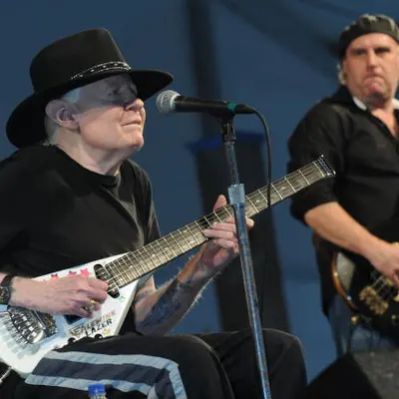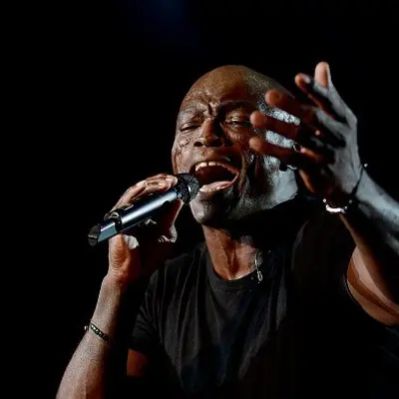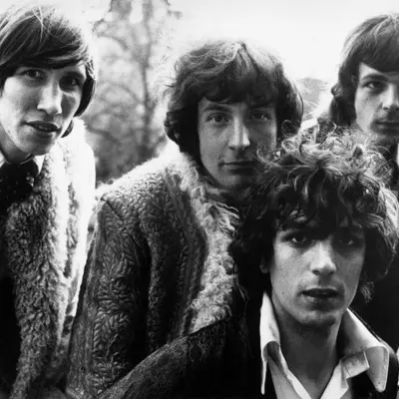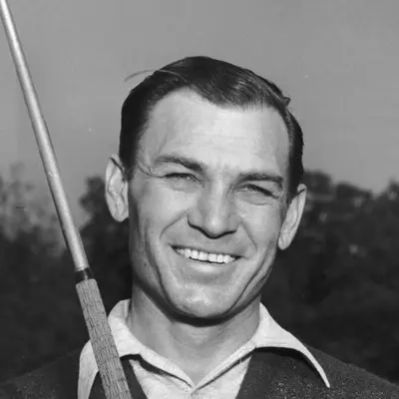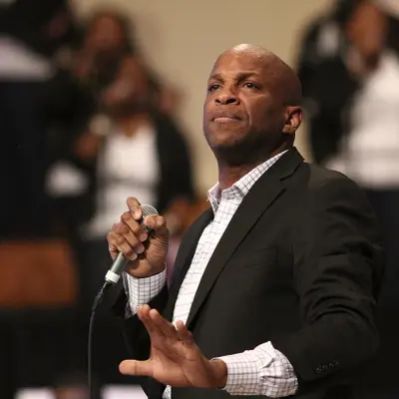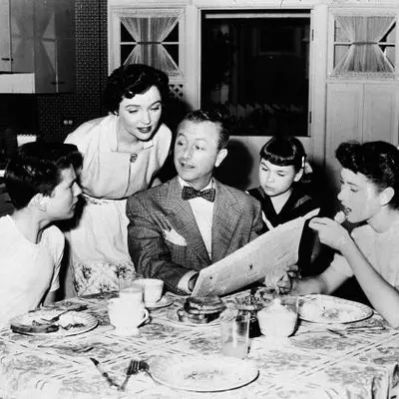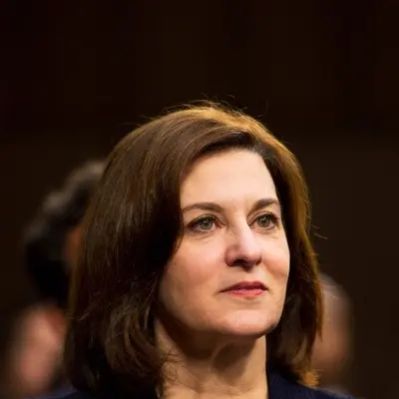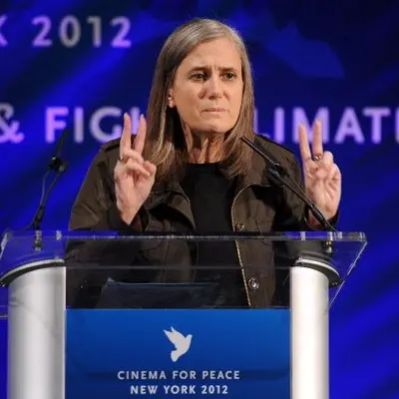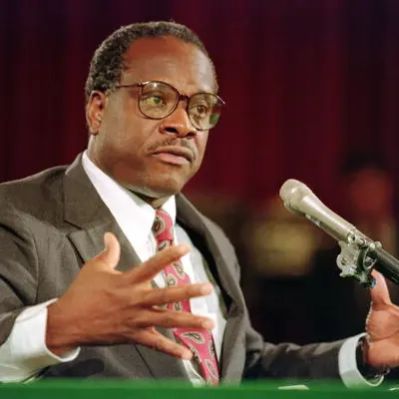What Is Percy Sledge’s Net Worth?
At the time of his death on April 14, 2015, Percy Sledge, the acclaimed soul, R&B, and gospel singer, had an estimated net worth of $2 million. This figure represents the culmination of a career spanning several decades, marked by both significant commercial success and periods of relative obscurity. While precise breakdowns of his income sources are not publicly available, it is reasonable to assume that Sledge’s net worth was primarily derived from royalties from his recordings, performance fees from concerts and tours, and possibly some publishing rights related to his songwriting contributions.
Early Career and Rise to Fame
Percy Sledge was born on November 25, 1940, in Leighton, Alabama. Before his musical career took off, Sledge worked as an agricultural laborer in the fields around Leighton. Subsequently, he became an orderly at Colbert County Hospital in Sheffield, Alabama. This pre-fame employment history provides a glimpse into Sledge’s humble beginnings and underscores the significant transformation he underwent as he rose to prominence in the music industry. It was during his time at Colbert County Hospital that a former patient and mutual friend introduced him to record producer Quin Ivy, setting the stage for his breakthrough. This introduction led to an audition and ultimately a recording contract, marking a pivotal moment in his life.
Sledge’s ascent to fame began with the release of “When a Man Loves a Woman” in early 1966. The song’s immediate success saw it reach number one on the Billboard Hot 100, a position it held for two weeks. Beyond its domestic success, “When a Man Loves a Woman” also topped the charts in Canada and achieved significant chart positions across Europe, including the United Kingdom, where it reached number four. The Recording Industry Association of America (RIAA) certified the song Gold, signifying sales of over one million copies. While the exact royalties Sledge earned from “When a Man Loves a Woman” are not publicly documented, the song’s widespread success undoubtedly contributed significantly to his early net worth.
Following the monumental success of his debut single, Sledge released “Warm and Tender Love,” which reached number 17 on the Billboard Hot 100 and number five on the R&B singles chart. His subsequent single, “It Tears Me Up,” peaked at number 20 on the Billboard Hot 100 and number seven on the R&B singles chart. While these songs did not replicate the chart-topping success of “When a Man Loves a Woman,” they nonetheless contributed to Sledge’s income stream through record sales, radio play, and performance royalties. Detailed sales figures and royalty rates for these singles are not publicly available, making a precise calculation of their financial impact on his net worth challenging.
Later Career and Resurgence
In 1968, Sledge experienced another significant hit with “Take Time to Know Her,” which peaked at number 11 on the Billboard Hot 100 and number six on the R&B singles chart. Although it didn’t reach the top spot, the song enjoyed considerable airplay and sales, contributing to Sledge’s continued earnings. However, Sledge’s subsequent releases in the late 1960s and early 1970s failed to achieve the same level of commercial success. This period likely saw a decrease in his income from record sales and royalties. The precise financial impact of this period on his net worth is difficult to quantify due to the lack of publicly available data on his recording contracts and royalty rates.
Despite facing challenges in the US market, Sledge maintained a strong following abroad, particularly in Germany, the Netherlands, and South Africa. His continued popularity in these regions provided a consistent source of income through concert performances and touring. Specific financial details of these international engagements are not readily available, but they played a crucial role in sustaining his career and contributing to his net worth.
In the 1980s, Sledge experienced a resurgence in popularity when “When a Man Loves a Woman” was featured in a Levi’s commercial. This exposure led to the song re-entering the UK Singles Chart, where it peaked at number two. The renewed interest in the song also led to Sledge performing it on “Saturday Night Live” in 1987. While the exact financial terms of the Levi’s commercial and the performance fees for “Saturday Night Live” are not public knowledge, these events undoubtedly boosted Sledge’s income and contributed to a renewed awareness of his music.
In the early 1990s, Michael Bolton’s cover of “When a Man Loves a Woman” reached number one on the Billboard Hot 100, further revitalizing interest in Sledge’s original recording. With this renewed exposure, Sledge released “Blue Night,” his first album of original music in 20 years. The album, which featured contributions from artists such as Bobby Womack, Mick Taylor, and Steve Cropper, received a Grammy Award nomination for Best Contemporary Blues Album. While sales figures for “Blue Night” are not widely available, the album’s critical acclaim and Grammy nomination likely boosted Sledge’s profile and contributed to his performance fees.
Sledge released two more albums, “Shining Through the Rain” in 2004 and “The Gospel of Percy Sledge” in 2013. While the commercial success of these later albums is not extensively documented, they likely generated some income through sales, streaming, and licensing. In 1989, he received an inaugural Pioneer Award from the Rhythm and Blues Foundation, and in 1993 he was inducted into the Alabama Music Hall of Fame. For his album “Blue Night,” Sledge received a W. C. Handy Award in 1996. Later, in 2005, he was inducted into the Rock and Roll Hall of Fame. Sledge was inducted into the Louisiana Music Hall of Fame in 2007 for his contributions to the state. Among his posthumous honors, he was inducted into the National Rhythm & Blues Hall of Fame in 2021.
Personal Life and Death
Percy Sledge was married twice and had 12 children, three of whom followed in his footsteps as singers. On April 14, 2015, Sledge passed away from liver cancer at his home in Baton Rouge, Louisiana. He was interred in the city’s Heavenly Gates Cemetery. Details regarding his estate and any inheritance received by his heirs are not publicly available.
 Net Worth Ranker
Net Worth Ranker




